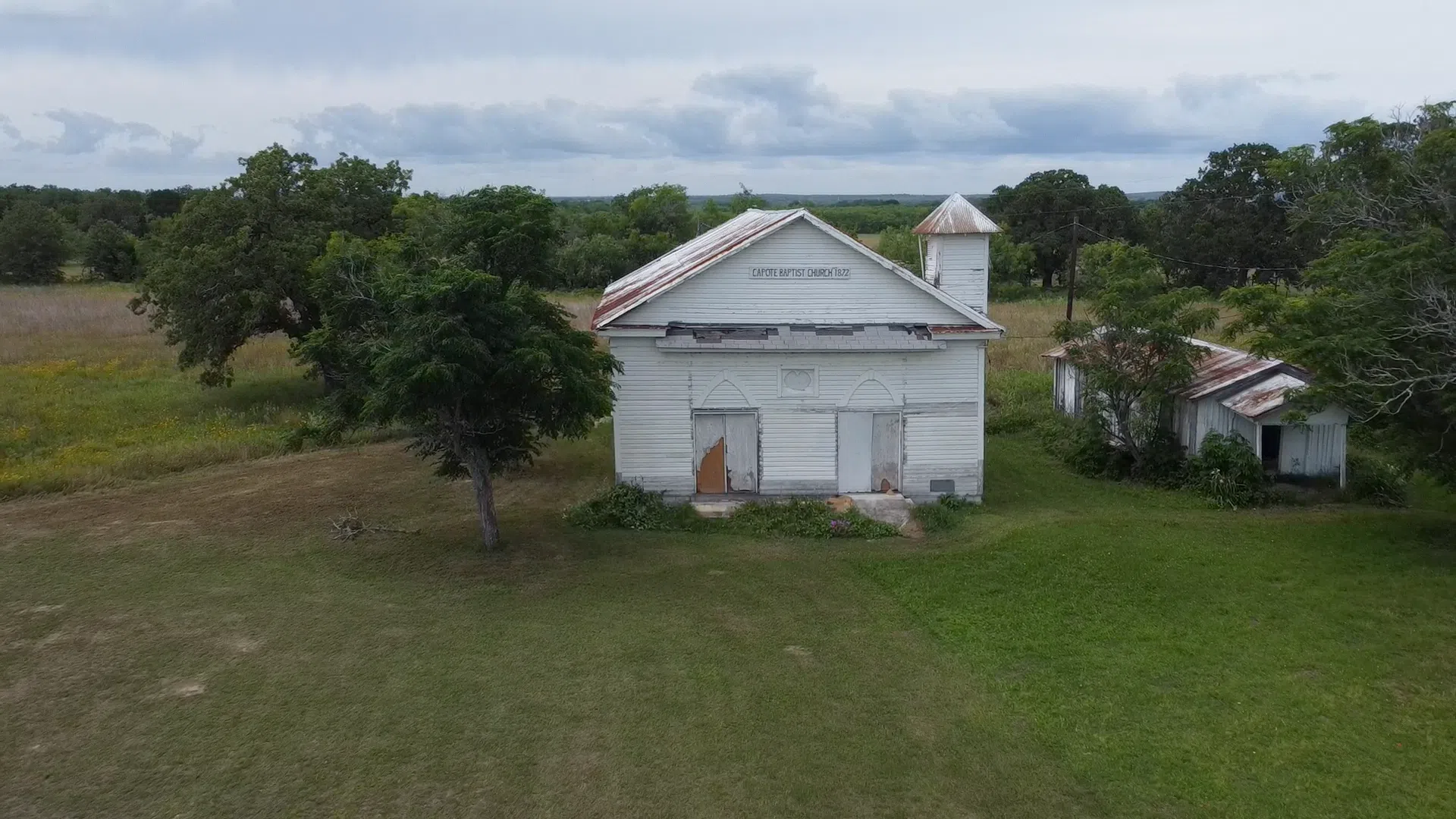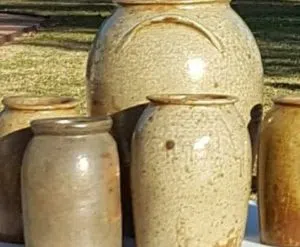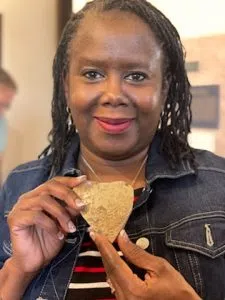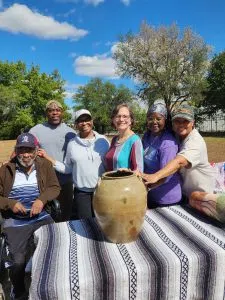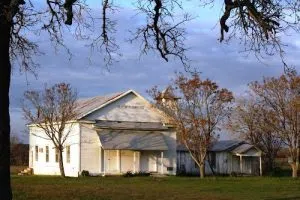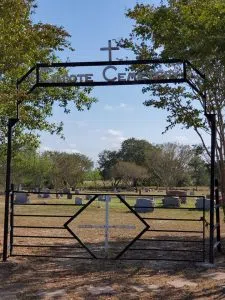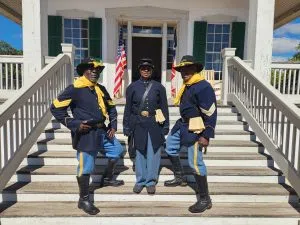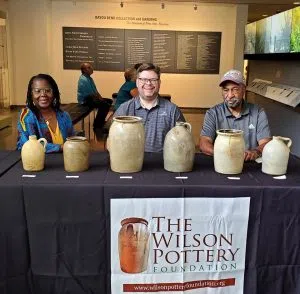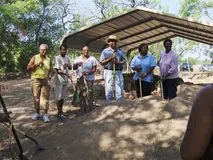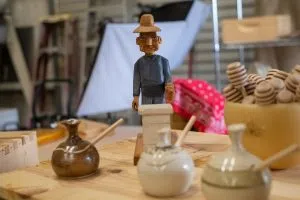Digging into history & family with the Wilson Pottery Foundation
A short drive outside of Seguin, down the winding and narrow roads of Farm To Market Road 466, you will find the community of Capote. Within the rural town is a profound piece of Texas history that has led to a familial legacy spanning over a century.
The legacy is that of Hiram and James Wilson, the first black entrepreneurs in the state. Freed from slavery by emancipation, the pair of brothers (by slavery, not blood) took the skills of their former master and founded Wilson Potteries. To keep the legacy of their craft alive, Seguin’s Wilson Pottery Foundation works to manage and maintain historical records of all things related to Hiram and James’ work.Paula King-Harper is Hiram’s fifth-generation granddaughter and the newly elected president of the foundation.
“It’s humbling to be a part of his legacy –– Hiram’s and James’ –– these were men who came up in the greatest time of opposition and to know they could have chosen to go a different direction at emancipation, but instead chose to embark on their own and ensure there was something lasting for the family to hold onto is amazing,” she said. “I am very aware that although Rev. John McKamey Wilson taught them how to make pottery as slave children, and they developed their own skills, one thing he could not have taught Hiram was to have vision and foresight. There are so many lost pieces of the family’s contributions to the history of America, whether they are lost or ignored is up for discussion, but we’re doing our best to ensure our history is not lost.”
During the time of Wilson Potteries, crocks were the standard way to store food and prevent spoiling, and just like people today seek the best products for their homes, so did folks back then. To help themselves stand out to consumers, Hiram and Jame originated several techniques unique to their work, from the unmistakable greenish hue of their salt glaze to the horseshoe handles that made their pots sturdier than others.
“So Hiram and James were very industrial-minded,” King-Harper said. “He is the first black potter to have a stamp, the H. Wilson and Co., a marked pot that is a collector’s item, and they go for very generous prices nowadays. And also the horseshoe handle, which is another signifying piece of his pottery. They discovered that the heavier pots with a handle on the outside would break off if the pot were full. So Hiram built the handle into the crock to keep it from breaking so it could be lifted and carried.”
Horseshoe handle pots from Wilson Pottery are a sought-after collector’s item and have turned up in locations all around Texas.
Despite the gravity of her ancestor’s accomplishments, King-Harper describes her connection to his legacy as more about family life and memories that originate in Capote Church, where long before she was born, Hiram was the first pastor.
The aging white church stands unassuming, on the side of the road with a cemetery nearby where the brothers, and many other family members, lie resting. Near the old church is a new house of worship standing where a one-room schoolhouse used to welcome children each morning. It’s a quiet spot where history and modern-day life coexist harmoniously, breathing new life into memory.
“I was raised by my grandmother and she really did not speak much of Wilson Pottery, but we were in Capote all the time,” King-Harper said. “We lived in Seguin, in town, and we would go out to Capote. We had a little ranch out there, and we’d go to Capote church. Church is what I remember most. It’s part of my history, my foundation and that’s where I really got to know my Wilson cousins and other family members. Wilsons are a part of the Seguin historical fabric. If you were to lay out a quilt of all of Seguin’s happenings as it came about, Wilson is woven within there.”
The Wilson family story continues via Paula King-Harper as well as Hiram and James’ many other descendants. This June, members of the Wilson family will converge on Seguin to participate in their tri-annual reunion, which is celebrating its thirty-third year just as the Foundation’s Museum at the Sebastopol House turns 10.
Hundreds of family members will come together over three days to celebrate each other and the history of those who came before them.
“On Friday, June 16, is the beginning of the Wilson family reunion; it’s three days,” she said. “So Friday, the kids are coming to Seguin to spend the day at ZDT’s. Then Friday night, we have the Wilson Pottery Foundation Gala at the Seguin Events Complex. It’s going to be a remarkable gala like one we’ve never had before. And this is a community event that the community is welcome to attend. On Saturday, we resume family reunion activities during the day at the coliseum, and later in the day, we will break and head to the Sebastopol House for the tenth-anniversary celebration. That night it’s back to the family reunion with our fashion show, dinner, and dancing. It’s lots of fun.”
The Wilson reunion will wrap up on Sunday with church service at the Seguin Coliseum before everyone bids farewell and heads home, but not before helping the city of Seguin kick off this year’s Juneteenth celebration in Central Park on that Monday, June 19. Juneteenth, the federal holiday celebrating emancipation, seems a fitting way for the Wilson family to end its reunion, given that emancipation gave Hiram and James the autonomy to pursue their goals, crafting their legacy with each hand-thrown pot they made.
- Photo by Lizz Daniels





